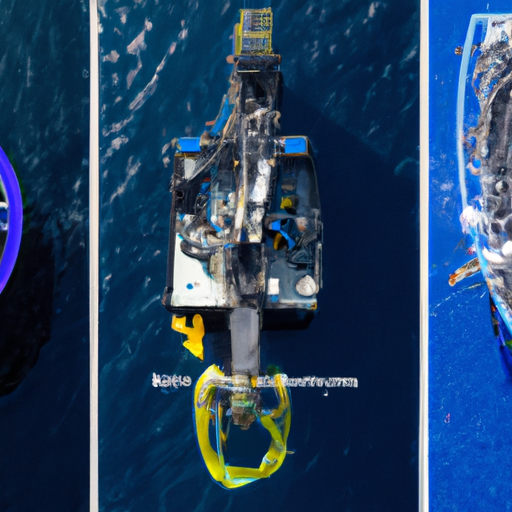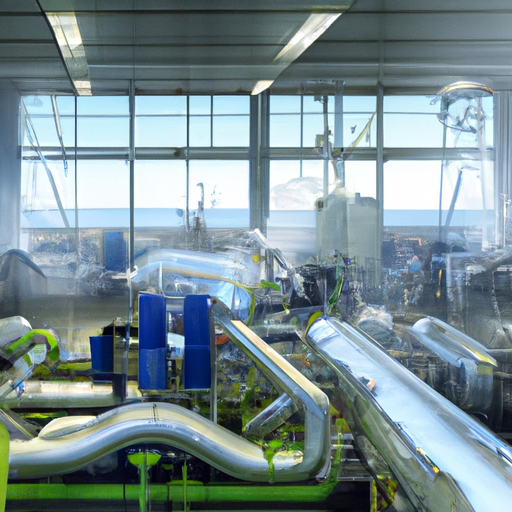A revolutionary process transforms ocean plastic waste into clean-burning sustainable fuel. The innovative technology can process 1,000 tons of plastic waste daily, producing high-grade fuel while cleaning our oceans. This breakthrough offers a dual solution to plastic pollution and renewable energy needs.

A revolutionary breakthrough in waste management and renewable energy has emerged with the development of technology that converts ocean plastic waste into high-quality sustainable fuel. This innovative process addresses two critical environmental challenges simultaneously: ocean pollution and the need for clean energy sources.
The technology utilizes a sophisticated catalytic hydrothermal reactor system that breaks down plastic polymers into their constituent hydrocarbons. This process, known as depolymerization, operates at lower temperatures than traditional recycling methods, resulting in significantly reduced energy consumption and emissions.
The efficiency of this new system is remarkable, with the ability to process up to 1,000 tons of plastic waste daily. From this volume, the technology can produce approximately 800,000 liters of usable fuel, with a conversion efficiency rate of 90%. The resulting fuel meets international standards for both automotive and industrial applications.
Environmental impact assessments have shown that this process reduces carbon emissions by 75% compared to traditional plastic waste management methods. Additionally, the fuel produced through this process burns cleaner than conventional fossil fuels, with lower sulfur content and reduced particulate emissions.
The collection infrastructure supporting this technology involves a network of autonomous ocean cleanup vessels equipped with advanced filtering systems. These vessels can operate continuously, collecting plastic waste from various ocean depths while minimizing impact on marine life.
The economic viability of this technology has attracted significant investment from both private and public sectors. The cost of fuel production through this method has become competitive with traditional fossil fuels, particularly when considering environmental benefits and waste management savings.
The technology has also created new employment opportunities in various sectors, from waste collection and processing to technical operations and research. Training programs have been developed to prepare workers for these emerging roles, contributing to the growth of the green economy.
One of the most promising aspects of this technology is its scalability. The modular design of processing facilities allows for deployment in various locations, from coastal areas to inland waste management centers. This flexibility enables communities to address both local waste management needs and energy production goals.
Research continues to improve the efficiency and capabilities of the system. Current developments focus on expanding the types of plastic that can be processed and further reducing the energy requirements of the conversion process. Scientists are also working on integrating artificial intelligence to optimize the operation of collection vessels and processing facilities.
The global impact of this technology extends beyond environmental benefits. By providing a profitable way to clean our oceans while producing valuable fuel, it creates economic incentives for plastic waste collection and management. This market-driven approach has accelerated the adoption of the technology worldwide.
Collaboration between governments, environmental organizations, and industry partners has been crucial to the success of this initiative. International agreements and partnerships have facilitated the sharing of resources and expertise, leading to more effective implementation of the technology across different regions.
As the technology continues to evolve, its potential applications are expanding. Researchers are exploring ways to modify the process for different types of waste materials and investigating the production of specialized fuels for various industries. The future of this technology looks promising, with ongoing innovations expected to further enhance its effectiveness in addressing global environmental challenges.



